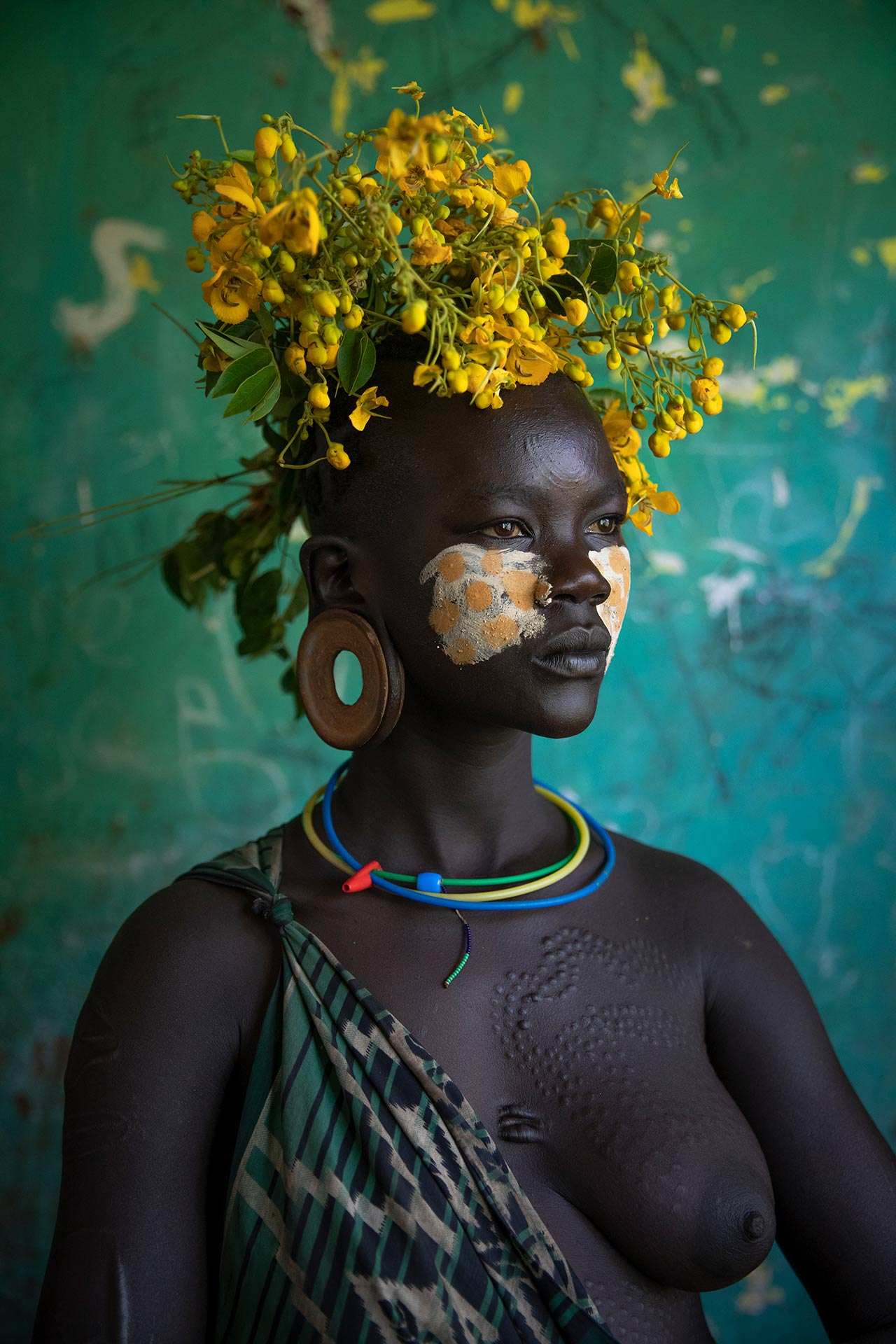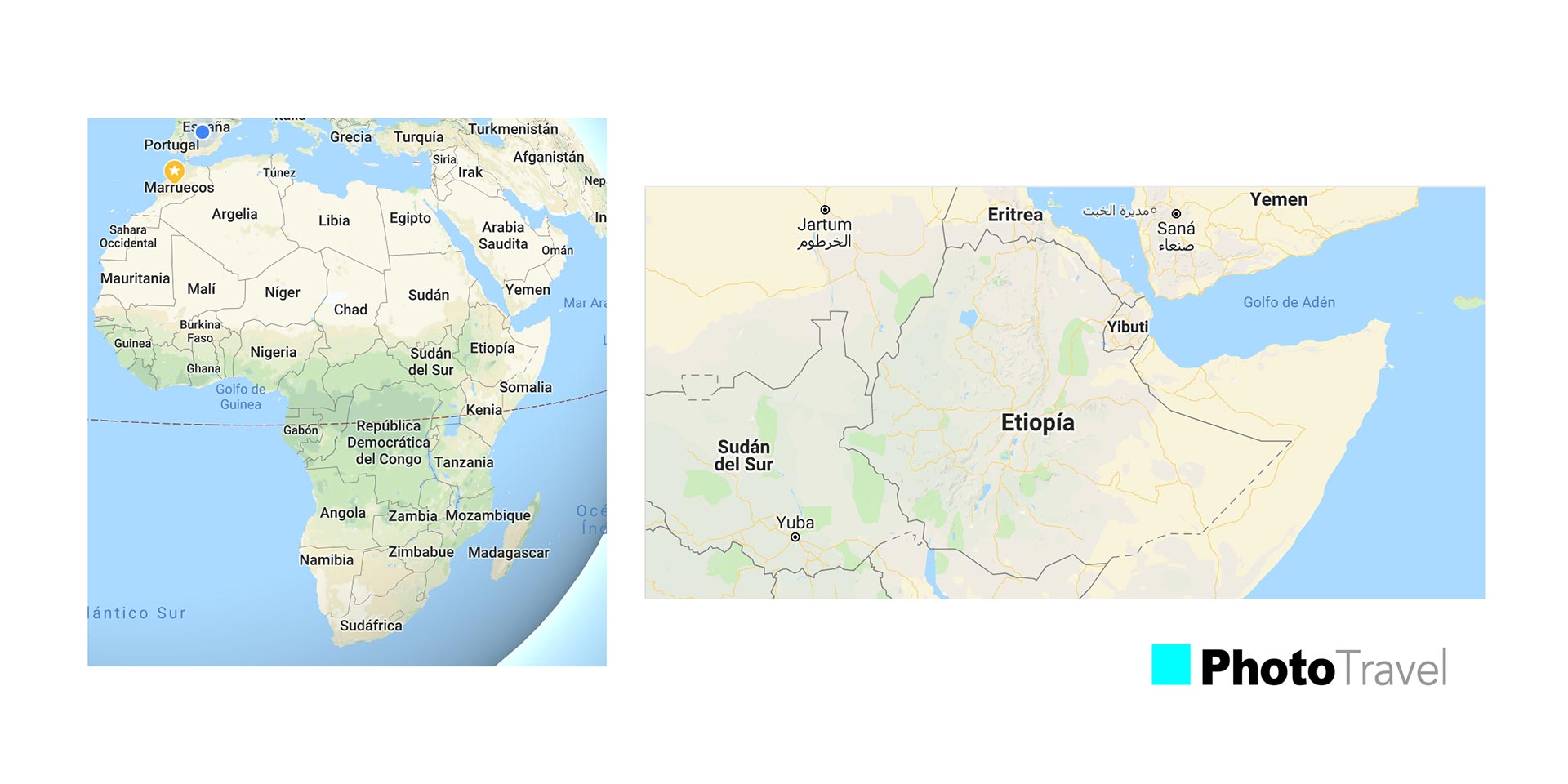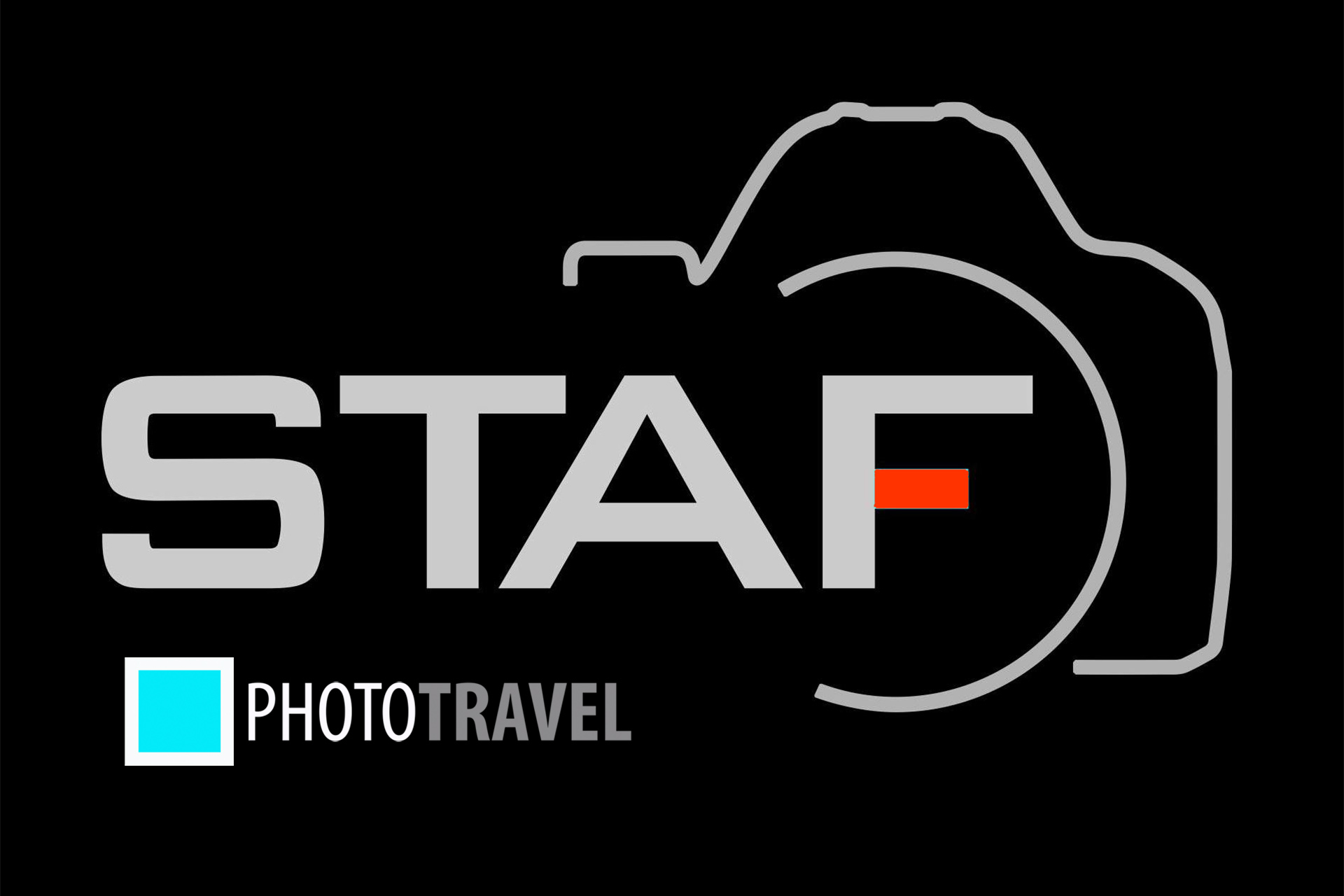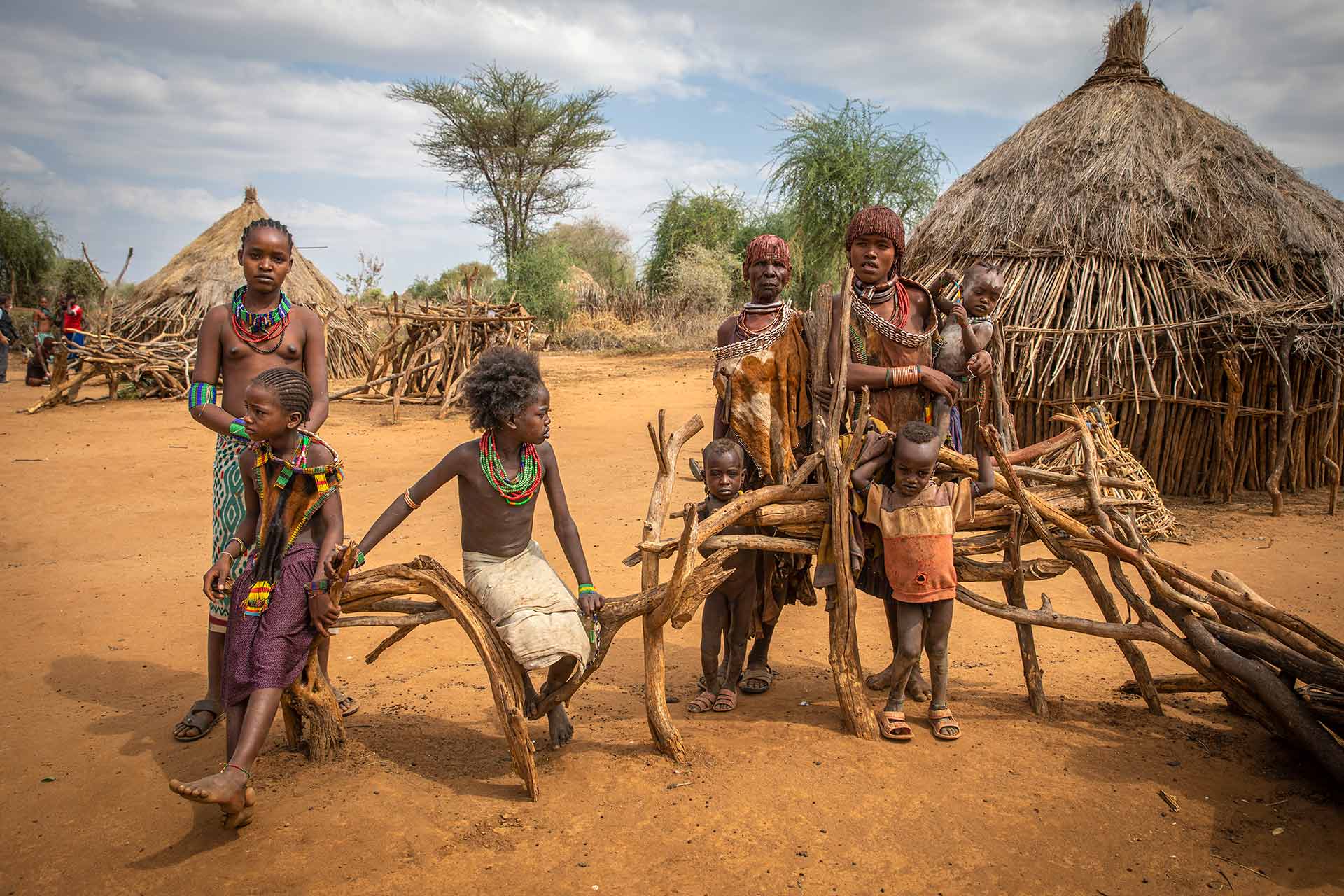
Ethiopia is a country that is located in the Horn of Africa. It borders Eritrea in the north, Kenya in the south, Somalia in the east and Sudan in the west. It is the second most populous country in Africa after Nigeria and together with Liberia, it is the only African nation to it has not been colonized. This circumstance means that many of their most ancestral traditions are still preserved in all their purity.
In Ethiopia, there are two geographical areas. The North stands out for the beauty of its landscapes, as well as for its historical content: large waterfalls and salt flats that look like science fiction or churches dug into the earth and medieval castles will delight any traveler. In the south, the human factor stands out more: ancestral ethnic groups that still preserve ancient traditions.
Ethiopia is a charming country, for the wonderful landscapes, the surprising history and the curious customs. One of those places that will not leave you indifferent, where you will be received with hospitality and they will surely win your heart, you will see!
- Its official name is the Federal Democratic Republic of Ethiopia.
- Addis Ababa is its capital
- Its population is around 85 million inhabitants
What to visit?
A country to explore from beginning to end and to enjoy the wonders it offers to those who visit it. Not surprisingly, it is the African country with the largest number of monuments declared World Heritage Sites by UNESCO , eight cultural heritage sites of humanity, and one natural heritage of humanity.
- Churches carved into the rock of Lalibela (1978) “the African Petra”. Located in a mountainous region in the heart of Ethiopia, it has eleven medieval churches from the 13th century that give the city the title of the “New Jerusalem”. For the Ethiopian church, it is a sacred place both for its beauty and for its history. Visit included in PhotoTravel’s Ethiopia photo trip.
- Fasil Ghebi (1979) in the Gondar region. This fortified city of Fasil Ghebi was the residence of the Ethiopian Emperor Fasilides and his successors in the 16th and 17th centuries. A walled enclosure of 900 meters in perimeter that houses palaces, churches, monasteries and public and private buildings of very peculiar style, marked by Arab and Indian influences and metamorphosed by the baroque aesthetics introduced in the region of Gondar by the Jesuit missionaries.
- Lower Awash Valley (1980) one of the most important sets of paleontological sites on the African continent. The hominid remains found at this site – some of which date back four million years – have provided essential data about the evolution of the human species, which have changed our view of human history. The most spectacular discovery took place in 1974, when 52 bone fragments were discovered that allowed the reconstitution of the skeleton of the famous “Lucy”.
- Tiya (1980) in the Sodo region, south of Addis Ababa, is one of the most important archaeological sites. It has 36 monuments, including 32 stelae sculpted with representations of swords and enigmatic symbols. These stelae date back to the origin of Ethiopian culture.
- Aksum (1980) The ruins of this city are the site of the center of Ethiopian power in Antiquity, when it was the most powerful of the states located between the Eastern Roman Empire and Persia. They date from the 1st to 13th centuries and include monolithic obelisks, gigantic stelae, royal burials and remains of ancient castles. In this place, the Church of Our Lady of Sion, according to tradition that the Ark of the Covenant is currently located, a treasure that is jealously guarded and does not allow anyone to touch or see it, but where thousands of pilgrims come.
- Lower Omo Valley (1980). Located near Lake Turkana, it is a world-famous prehistoric site, where numerous fossils have been found, in particular the remains of homo gracilis, which are of essential importance for the study of human evolution. Visit included in PhotoTravel’s Ethiopia photo trip.
- Harar Jugol (2006) Fortified city located on a plateau cut by large gorges and surrounded by a landscape of savannah and desert. It is a walled city declared holy by Islam. It has 82 mosques (3 from the 10th century) and 102 sanctuaries. But what stands out most there is the exceptional design of the interior of its houses.
- Konso Cultural Landscape (2011). It is an arid site of 55 km2 containing terraces and stone walls and fortified settlements on the Konso plateau. It is a spectacular example of a cultural tradition that has been alive for 21 generations (more than 400 years) adapted to a dry and hostile environment. An example of man’s adaptation to the environment. Visit included in PhotoTravel’s Ethiopia photo trip.
- Simen National Park (1978) Natural Heritage of Humanity. Massive secular erosion has created one of the most spectacular landscapes in the world on the Ethiopian plateau, with peaks, deep valleys and steep cliffs reaching 1,500 meters deep. The park serves as a refuge for extremely rare animal species such as the gelada baboon, the Simien’s fox and the ibex walia, a mountain goat found nowhere else in the world.
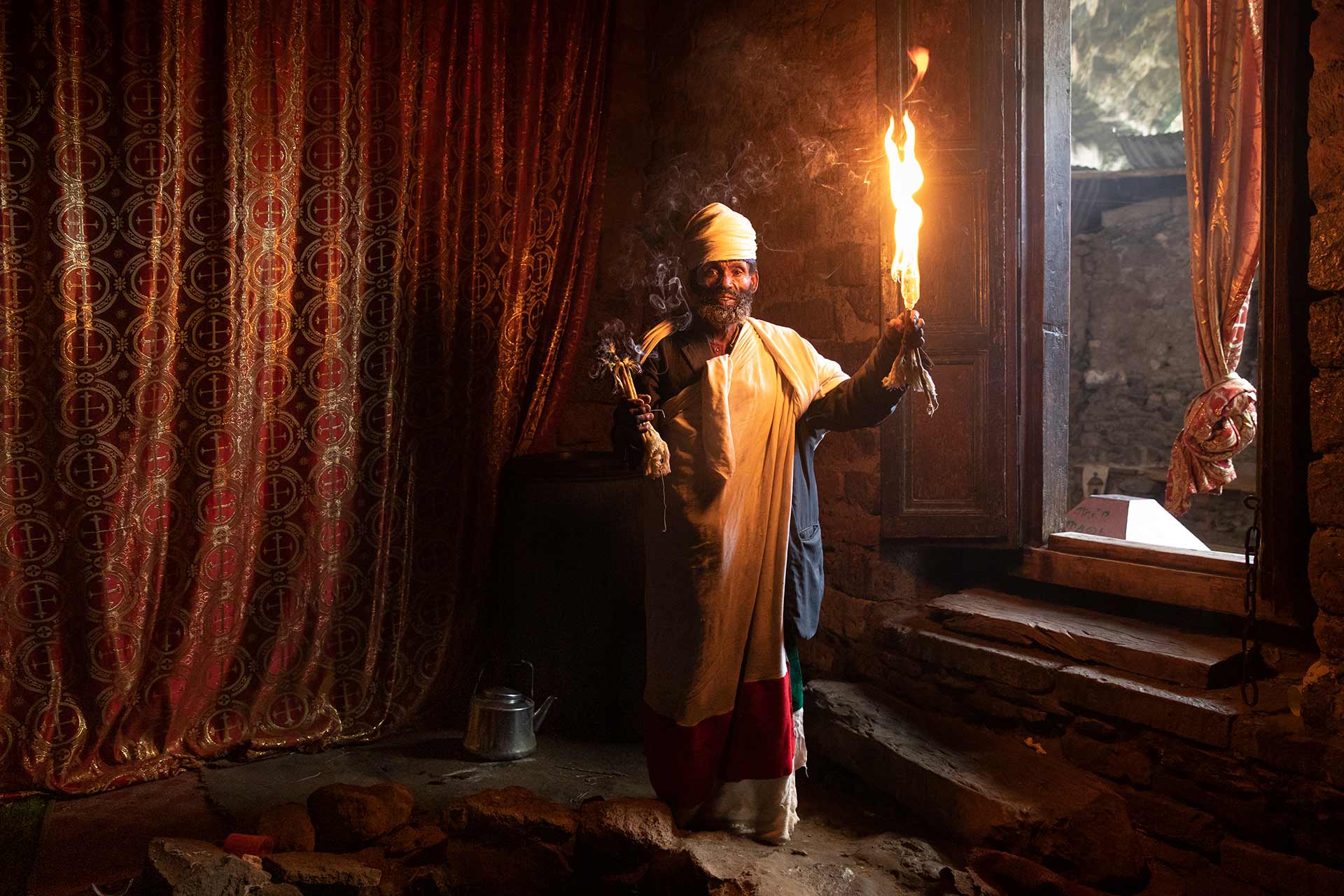
Visa and Embassy
Travelers can enter Ethiopia only through Addis Ababa International Airport. Entry by other means is possible upon obtaining a special permit and having a visa issued by the government.
For EU citizens, the visa is issued upon arrival at the airport. You must have a valid passport for at least 6 months. The price is $50, you can pay in dollars or euros. It is better to carry the exact money, there may be problems with the changes.
For a couple of years it has been possible to obtain the visa online, through the https://www.evisa.gov.et website
The online visa (e-Visa) only allows you to enter Ethiopia through Addis Ababa International Airport with a single entry, it is recommended as this way you avoid the terrible queues.
Embassy
Botswana Street, P.O.B.: 2312. Addis Ababa.
Telephone/s: (+251)122 25 44 and Emergency telephone:
Telephone from Spain: 00 251 11 122 25 44
Phone from Ethiopia: 0 11 122 25 44
Consular emergency
Phone from Spain: 00 251 911 219 403
Phone from Ethiopia: 0 911 219 403
Mailing address: emb.addisabeba
@maec.es
Website: http://www.mae.es/embajadas/addisabeba/es/home
Coin
The currency in Ethiopia is the bir (ETB), one ETB is equivalent to 100 cents. More or less, 50 bir is equivalent to 1 euro, you can exchange directly at the airport, banks and in some hotels. In most medium and large sized cities you will have no problem finding ATMs that accept Visa and Mastercard cards.
In more rural places, in small towns you will not have the possibility of withdrawing money so calculate well the money you need before leaving a large city and entering the countryside or the mountains.
In Ethiopia they do not usually return the decimals at the time of payment, they always round up, it is not a scam for tourists, it is a common practice.
Always try to carry low-value bills, it is difficult for smaller towns to give you change for large amounts. Think that we are going to take pictures and that many people will ask us for money to take pictures of them, usually 10 birs per photo, so it is advisable to carry low-value bills. I recommend that you carry at least 1000 birs in 10 bir notes, if they are new, better.
Anyway, at PhotoTravel we always prepare the change for you so that you have small bills in the Omo Valley and you don’t have to worry about changing!
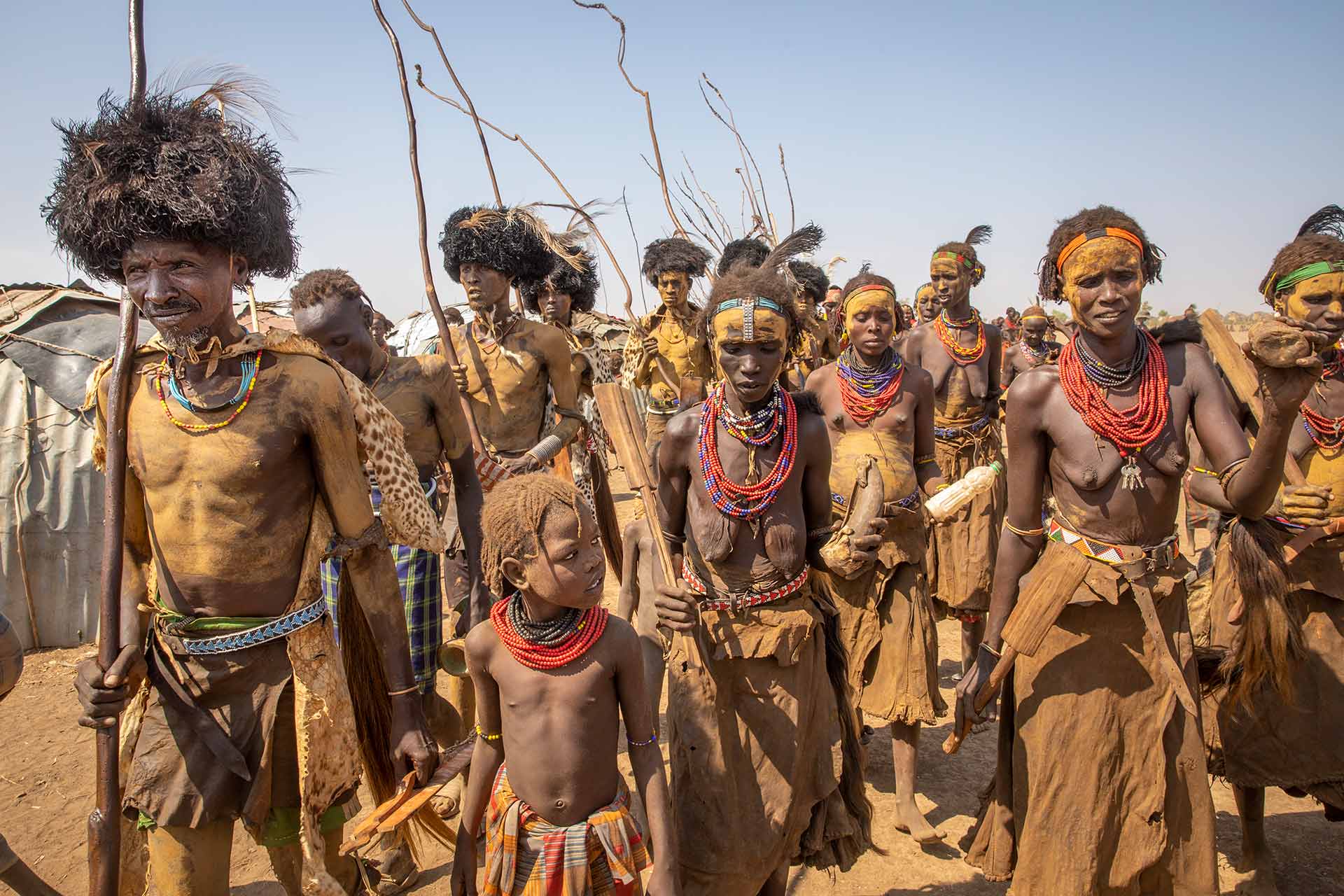
Language
The official language is Amharinya, Italian, English, Hareri, Oromiya, Sidama, Tigrinya, Gallinya, Somali and about a hundred other ethnic languages are also spoken.
Religion
The north is predominantly Christian (Ethiopian Orthodox Church and the Coptic Church), while the east and south are primarily Muslim.
Nature & Climate
Ethiopia is made up of a central plateau with deep canyons, ranging from 1800 to 3,000 meters high, with peaks of up to 4600 meters. It is crossed by the Rift Valley from northeast to southeast, drawing one of the driest on Earth. To the east is the Danakil Desert Depression with 130 meters below sea level. This orographic variety is the cause of the great cultural richness, which is manifested in its different ethnic groups.
Ethiopia’s climate varies, according to altitude. The tropical zone, below 1,800 m, has an average annual temperature of approximately 27°C and receives less than 510 mm of rainfall per year. The subtropical zone, which includes most of the high plain and rises between 1,830 and 2,440 m above sea level, has an average temperature of approximately 22°C with annual rainfall ranging from 510 to 1,525 mm.
Above 2,400 m there is a temperate zone with average temperatures of around 16°C and annual rainfall between 1,270 and 1,780 mm. The rainy season takes place between mid-June and September, followed by a dry season that can be interrupted in February or March by a short rainy season.
The varied orography and its different climate have marked the character of its people: nomadic Afar herders in the east in the “Danakil” depression, ethnic groups such as the Hamer and Morsi in the Omo Valley, or the Oromos and Amaras in the central and northern plateau.
Food
Eating in Ethiopia is cheap. The food is very basic, simple and not very varied. The star dish is the Injera, which you will find anywhere, a kind of crepe made with tef flour, soft to the touch, moist and fluffy on which a mince of meat with tomato or another type of sauce is usually placed in the center. The injera is broken into portions with the hand, and as a pincer a little of the meat combination is grabbed. Once in the mouth it has a certain sour taste.
In Ethiopia you eat with your hand; Taking a piece of injera with the right hand and wrapping the food we put in our mouth is the right way to do it.
You will also find pasta of all kinds of pastas and pizza, so don’t worry!
Bottled water will be found throughout the trip. Also beers and soft drinks.
If you like coffee you are in luck, they say that it is the original country and it is delicious!! … is one of the great passions for coffee growers, don’t forget to live the Coffee Ceremony and try the Macchiato.
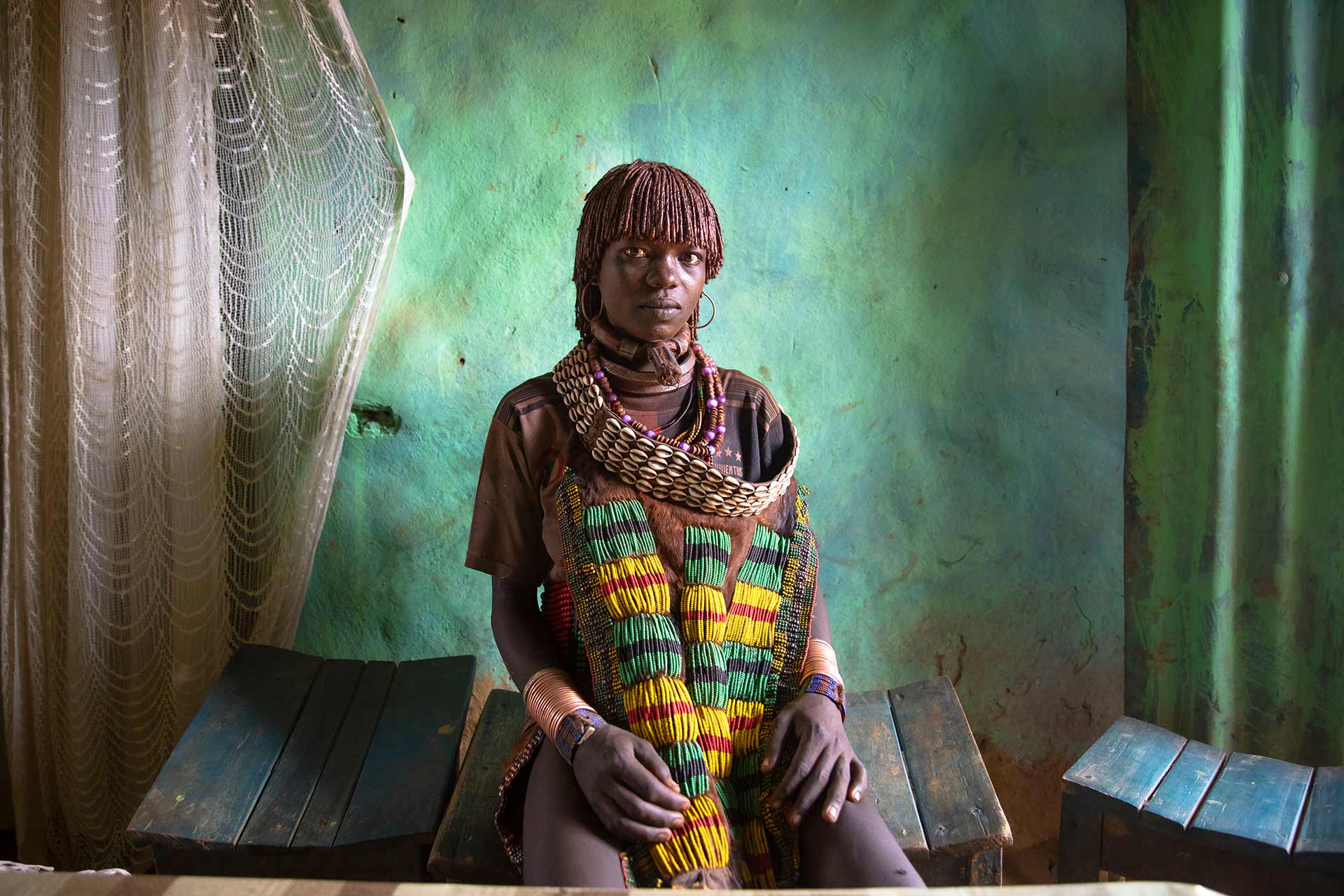
Electricity and Internet
The electrical current works at 220 volts and 50 Hz, with the same type of plug as in Spain. There are usually power outages, so it wouldn’t hurt to bring a flashlight or headlamp.
Internet access is available in the hotels. You can also connect in some cafes and restaurants, mainly in Addis Ababa and in some large towns. Connections are usually not very smooth and sometimes it is difficult to navigate the Internet.
At PhotoTravel we always bring you some SIM cards where we can recharge them easily, so at all times you will be connected and showing your adventures to your followers!
Health & Safety
In general, there is no problem. Ethiopia is not an unsafe country. However, the Eritrean border and the regions bordering Somalia should be avoided, as well as the border with Kenya, especially the Borena region, as tribal fighting is common in them. The rest of the country is completely safe.
You have to keep in mind that you are going to visit ethnic groups that have a different culture and customs than ours, so the best thing you can do is to find out about their customs and rules, in order to avoid that ignorance leads us to a misunderstanding or causes an uncomfortable situation.
A yellow fever vaccine is mandatory for entry into the country. For the rest of the medical indications on vaccines and prophylaxis, it is recommended to go to the Foreign Health centers in your city. Of course, it would not hurt to pack a small first aid kit with the basic medicines to travel to Africa: analgesics, antihistamines, antidiarrheals, antibiotics, antiseptics, insect repellents, bandages, scissors, tweezers, syringes…
As with all trips, medical insurance is included in PhotoTravel.
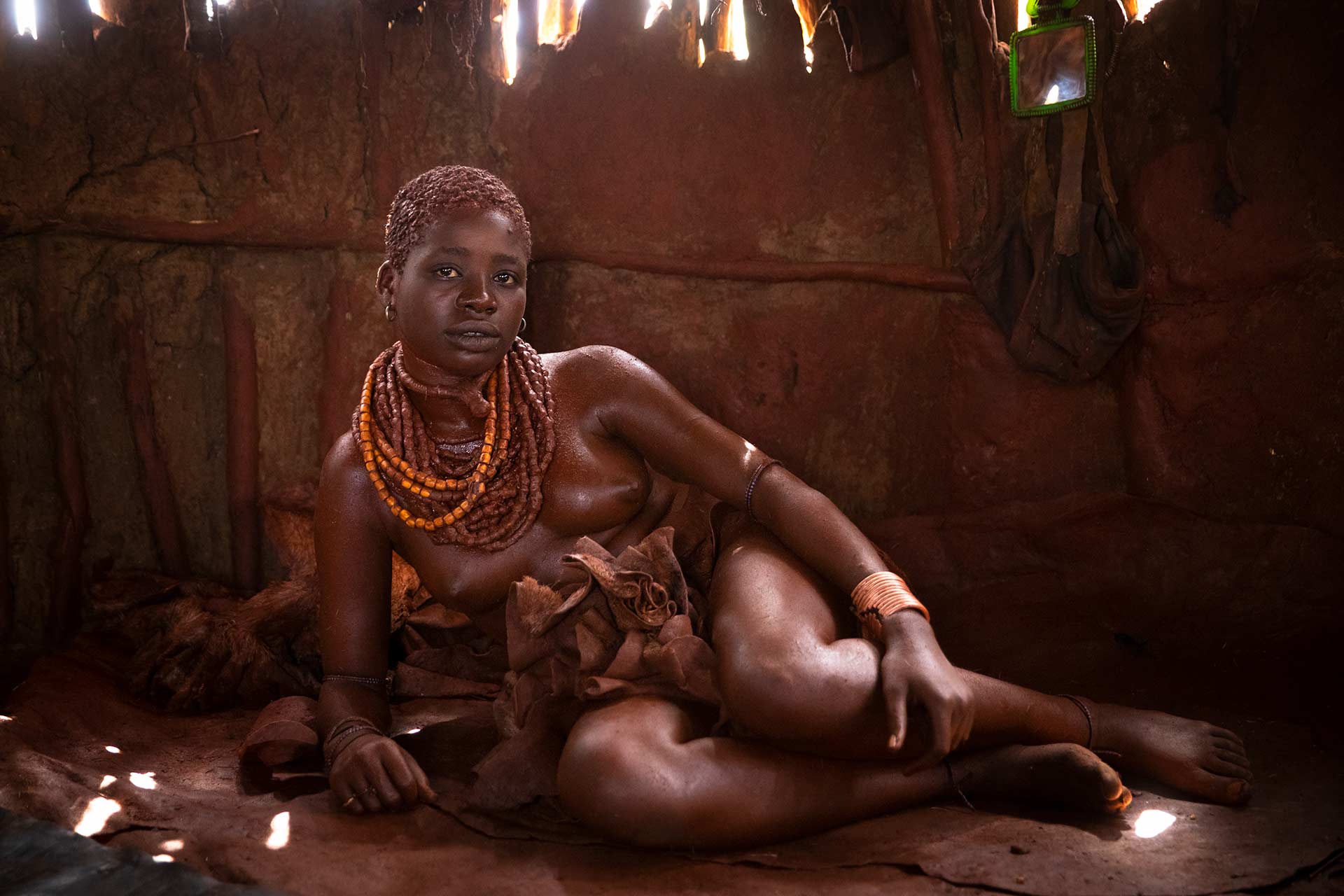
Tips
As in almost all countries in Africa, tipping is expected. If you receive a service and you are satisfied, the normal thing, even the right thing to do, is to give it. In particular, waiters and other hospitality professionals expect the customer to give it. There is no recommended percentage or amount, just keep in mind that the value of money in Ethiopia is much higher.
In our Photo Trips, we always tip our excellent team, a human team that goes out of their way to get you the best snapshots!, we are known in the Omo Valley for having the best professional team, PhotoTravel Quality! and this can be corroborated by all those who have traveled with us, Wende, Dani, Skinder deserve a 10!!.
Time difference in Ethiopia
The time difference is three hours more than GMT. With respect to Spain, two hours more.
But in this aspect we must take into account a curiosity: Ethiopia did not adopt the revised Gregorian calendar as the rest of the Christian world did in the sixteenth century, but continued with the Julian calendar in force until then, and so until today. Therefore, the Ethiopian calendar consists of 13 months (the country’s tourist motto is Ethiopia, 13 months of sunshine). There are 12 months of 30 days and 1 month of 5 days (6 days in a leap year). The turn of the year is celebrated coinciding with our September 11.
On the hour they also work at their own pace, as they measure time in 12-hour periods, from 6:00 a.m. to 6:00 p.m. Therefore, Ethiopian time is 5/6 hours behind ours (depending on our summer or winter time). Thus, given an hour in the Ethiopian system, it is enough to subtract only 5 or 6 hours to obtain ours. In many places, especially at the official level or for air flights, they work with the international system, but at street level they usually work with the Ethiopian system. But watch out for bus schedules, which are usually displayed on Ethiopian time. It is always worth clarifying whether the time is Ethiopian time or Faranji time.
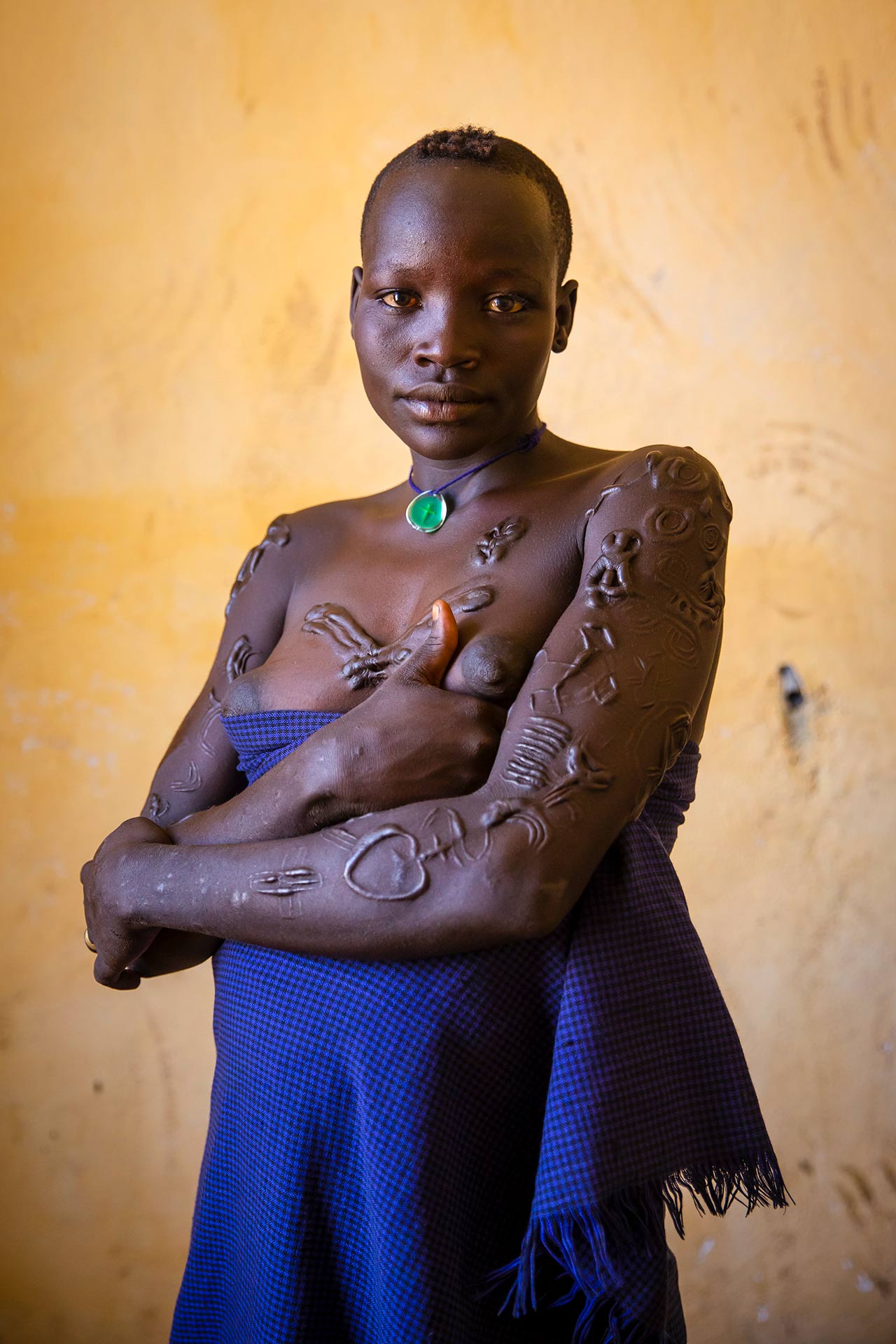
The concept of time
In Ethiopia, as in the rest of Africa, time has a different dimension than in the rest of the world. Arm yourself with patience, time there is not money. Many times you will hear: “pole pole” little by little…
This way of understanding time, and one’s own existence, means that unforeseen events can arise, no matter how organized the trip is and how measured its itineraries. Sometimes unforeseen events mean not being able to make some visits, or fulfilling the program a little more quickly, to make up for lost time, this is Africa! But you know, part of the charm of travel is that not everything can be predicted.
Photographs
If you travel to the Omo Valley, it is normal that for taking a photo you are asked for money. This is not always the case, and all kinds of situations can occur, you will see it there, as you go. But that is one of their sources of income and the most normal thing is that you have to pay, usually 10 birr. Of course, the photo surely deserves it. If you visit a tribe, such as the Mursi, Hammer, Dassanech, etc… and even more so if what you are visiting is a village, the topic does not give rise to discussion: Do you want to take a photo? Well, you have to pay for it, they are its rules and we must accept them.
Outside the villages it is something else, and there will be a thousand situations… although in most cases you won’t have to pay.
PhotoTravel: A Sustainable Trip
At PhotoTravel we intend that our visit to Ethiopia is a sustainable trip, so we intend to develop as objectives as soon as you set foot on Ethiopian soil, to promote the local economy, take care of environmental protection and respect and not interfere in the local culture, contributing to preserve its diversity and its Heritage.
One of our principles is to promote local economies through our visit to the different communities, where we can contemplate the routines of the ethnic groups. To do this, at all times we will be accompanied by a local English-speaking guide, who will indicate the uses and customs of the areas we will visit, in order to respect and interfere as little as possible in the different cultures.
All our accommodations have been contracted at origin with local companies, to which we have informed of our commitment to sustainability and we have demanded the same standards of involvement.
Ethiopia is a poor, needy country. Education in this country is not a right and in some places it is taught in precarious conditions. In rural areas, many children walk for hours to get to school, if there is one, and in many cases schools lack material resources. How could we help them?
It would not hurt to take pencils, notebooks, and school supplies in general and give them to the principal of a school. It will be a good help.
Don’t encourage begging
During the tour you will often be asked for money, both children and an adult. In rural and urban areas they will ask you for money, empty bottles, pens, chocolate, school books. We must bear in mind that if we enter the spiral of these practices we will be encouraging systematic begging to all foreigners, while at the same time we will sometimes generate the appearance of professionals of exploitation. If we also distribute things randomly among the multitude of young people, we will be being unfair. Therefore, in order to channel our effort and generosity, and not fall into the mistakes mentioned, it is better to make donations to local associations, religious authorities or schools, that is, to institutions that know the real needs of the people and that will make the best use of our donations.
At PhotoTravel don’t dream it… Live it
